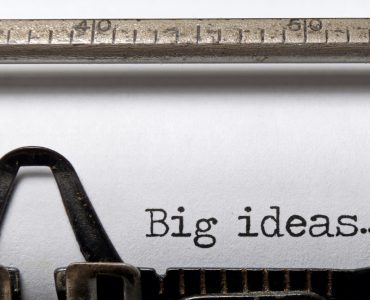A meaningful dialogue neither imitates actual speech nor informs the reader with lengthy discussions. The dialogue is a device used to propel the plot or to enlighten the readers about the speaker’s character.
Novice writers usually make use of dialogues for the explanation of anything that is unknown to the reader. This can be both unrealistic and awkward, and this kind of “fact-stuffing” may expose instantly that the writer is a beginner. Keeping the reader ignorant for a short time is better than utilising a dialogue to clarify something.
Be cautious about redundant tag lines. Beginner writers avoid the use of “said” and substitute it with disruptive verbs or add too much speech modifiers (for example, he grumbled, she said sneeringly, he chortled, she barked). The majority of professional writers only use “said” and allow the dialogue to represent itself.
Every person has his personal technique in speaking. Through giving each character distinct vernaculars, writers can generate a unique “voice” for each of them. This can be in the form of a body movement, a stutter, a repeated phrase, an accent, or a speech intonation.
People frequently don’t respond to questions given to them, which may be a result of their rudeness, excitement, or reluctance to answer. This tendency can be used by writers as a device to help the reader comprehend the characters, the theme, and the plot while keeping them interested.
Novice writers generally forget to “ground” readers with adequate cues on the character’s locations and their activities while conversing. This is referred to as “talking heads.” Make a balance between insufficient setting description, which may confuse the reader, and info-dump, which discontinues the conversation.











